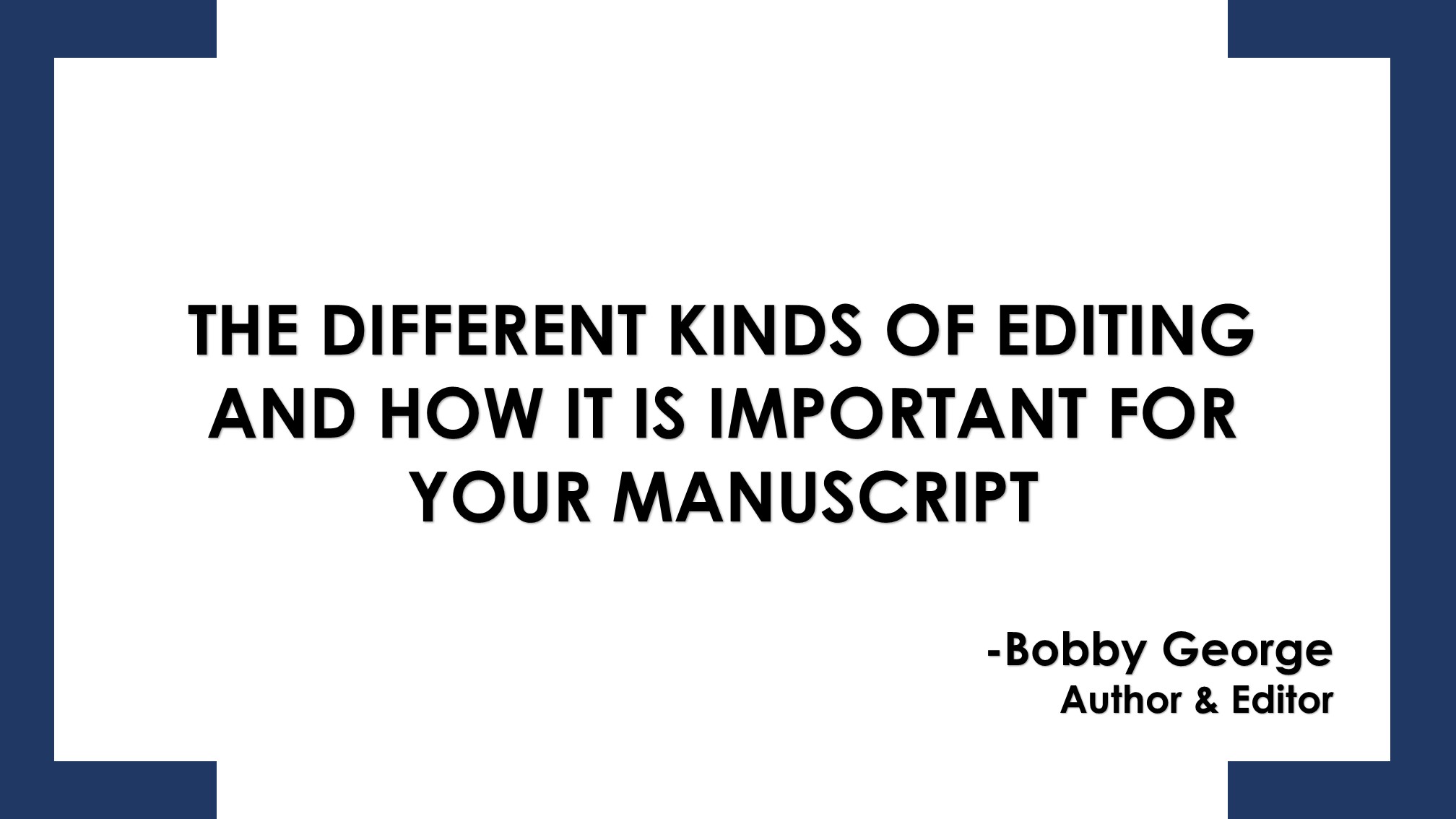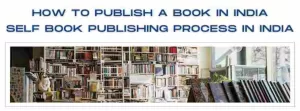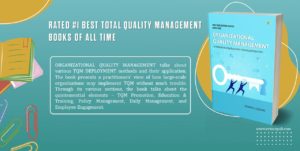“Only a blank page needs no editing.” – Marty Rubin
Introduction
With self publishing in India gaining ground and the ease of publishing growing by the day. We come across more and more carelessly presented books. I tell you, some of them have potential. But the hairline ‘miss’ to their readers’ hearts is not the storyline or style. It is their negligence! There could be many reasons, but I will focus mainly on one common factor.
Book publishing is a collaborative affair. What starts as an idea in the writer’s mind is further honed with expert feedback and editorial inputs. Unfortunately, most budding authors, in a hurry to present their work to the world and overflowing with the anticipation of making it big with their book, forego a critical aspect of publishing ‘Editing.’
Yes! You’ve heard it right that’s the word, and it is not what we have already done at home, reading, re-reading, making some cuts, chops and corrections here and there on our manuscript. It is something much deeper, more critical and a professional way of looking at a manuscript. Believe me, it cannot be done at home alone or with the help of a friend. No matter how good you write, you may still need one of the following professional help for your manuscript.
Here I am only going to discuss the kinds of book editing —The terms used to identify different segments and what they stand for.
Although usually listed in the reverse order, I have chosen to list them in the order they would occur in any given manuscript.
Types of Editing
- Developmental Editing/Substantive Editing/Content Editing
- Line Editing
- Copyediting
- Proofreading
- Mechanical Editing
- Comprehensive Editing
1. Developmental Editing
Developmental editing means the book gets a full substantial, structural development edit. This will often include everything that is involved in proofreading and copy editing plus a detailed critique of the essential elements of the story in case of a novel, which includes:
i) Setting, ii)Timeline, iii) Characterization iv) Plot, v) Story Structure, vi) Pacing, vii) Presentation, viii) Marketability.
Developmental edit comes early in the publication process, while the author is still in the drafting stage. The author will have rewritten the manuscript a few times before it is ready for a developmental edit. Not every book needs developmental editing from a professional editor. Feedback from the competent Beta Readers or a discerning writing group can be enough to crease out the wrinkles in the book structure.
As with copyediting, the editor may use the track change feature to make revision suggestions directly onto a copy of the manuscript. However, the developmental edit will usually include a separate critique document detailing, sometimes chapter by chapter, the changes the author could make to improve the area tested in the manuscript.
Remember!
Developmental editing comes early in the writing process after a few drafts, and not every book needs it.
2. Line Editing
Line editing is a more intensive structural edit that focuses on the finer aspects of language, the flow of ideas, transition elements, tone and style. Line editors expand their efforts to suggest changes to make sentences crisper and tighter by fixing redundancy and verbosity issues while improving awkward sentences and paragraph construction without a complete rewrite. Editors undertaking line editing look at the manuscript using a holistic methodology with a review of key aspects of the manuscript: the structure, characterization, style and development.
3. Copyediting
Copy in the publishing domain refers to the text. Or, in simpler words, you may understand it as text editing. It is a word-by-word edit that addresses grammar, usage and consistency issues. For example, a copy editor will check for typos and correct grammar, language and syntax errors. They will also pay particular attention to punctuation such as commas, semicolons and quotation marks.
Such editors work on a copy of the author’s manuscript, usually a word file using the track change function and adding comments to explain any changes or make revision suggestions. The author can then go through each of the changes and accept or reject them.
The manuscript is ready for copy editing only when the author is completely satisfied with the plot, story structure, characterization, and setting.
Remember!
No matter how good, nobody gets all that right with a first draft.
4. Proofreading
Proofreading comes at the end of the publication cycle, which is the final check before the book is printed. In the case of ebooks, before being published and sent to the distributors.
Proofreading is intended to pick up any final typos and spelling mistakes and to correct inconsistencies, like making sure the word proofreading is always spelt as one word.
In the case of printed books, proofreaders also look for awkward words, splits at the end of a line and ensure there is no single ugly line left at the top of the page from the previous para (widow) or at the bottom of the page which belonged with the paragraph on the next page (orphan) Proofreading is only done after the raw manuscript has been edited. Before that, the text should have at least gone through a copyedit.
Remember!
Technically, proofreading is undertaken when all types of editing have been done, the author is satisfied with the final manuscript, and the interiors are laid out. Proofreading is done to ensure that there are absolutely no errors or typos in the composed interior file.
Not all Editors are proofreaders, and not all Proofreaders are not editors
Besides these, much less known Mechanical editing is also a vital aspect of editing.
5. Mechanical Editing
Mechanical editingrefers to applying a particular style, such as The Chicago Manual of Style (CMOS) or Associated Press (AP) Style. The editor looks at punctuation, capitalization, spelling, abbreviations, and other inconsistencies per the Style Rules. It makes your book essentially more professionally turned out. Mechanical editing is sometimes included in copyediting.
Besides these, there are two more terms you would come across frequently in the publishing industry Basic Editing and Comprehensive Editing.
Basic Editing
In Basic editing, the editor corrects grammatical errors, spelling mistakes, punctuation, and inappropriate length of the sentences and jargon. The intent of the sentences is not modified. No attempt is made to tamper with the writing style of the author. The simplicity of the sentences is maintained as-is.
6. Comprehensive Editing
In Comprehensive editing, the editor not only corrects any obvious errors (grammatical errors, spelling mistakes and punctuation) but also rewrites sentences and paragraphs if required to remove inconsistencies and ambiguities. The editor uses his/her expertise to ensure that the document makes sense and the text is more precise and understandable.
That being said, book publishing is a collaborative effort, and the editor is an integral part of publishing. So don’t ignore or shy away from them. If you are unsure yourself, ask the publisher for a Manuscript Evaluation. They can suggest and guide you more accurately.
Whether you are publishing through Traditional Publishing, Self publishing, or Free publishing platforms, your manuscript still needs to undergo editing.
Remember!
The first line on the top page of this article!
For a more elaborate discussion on editing and what it can do to your work, read our post ‘Futility of Editing ‒ why writers hate editors.’
Happy Publishing!




